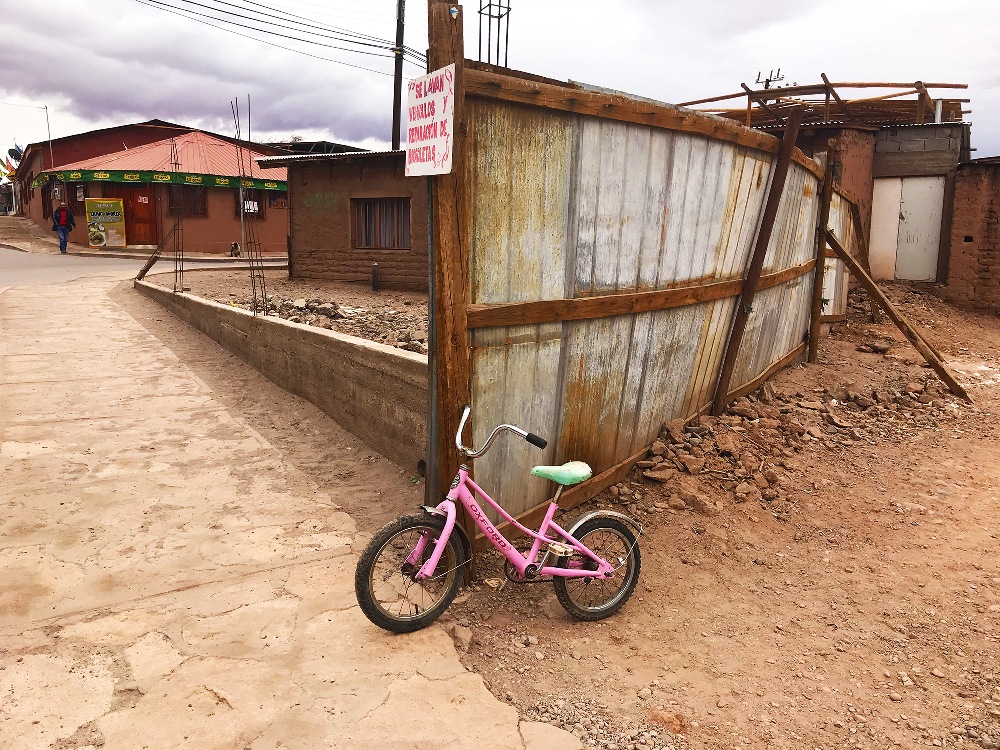
Updated 10/3/18
(Trying out a blog post in lieu of the traditional review)
I was fortunate to travel to Chile again to learn about astronomy and to do local outreach. I brought an Orion Starblast with me and left it at a local school. The most interesting part about bringing a telescope through security is explaining to someone (who may not necessarily speak English) that this cannon-like object poses no danger.
The Chilean Atacama desert is, by some measures, the driest place on earth, with
a relative humidity of around two percent. It rained the day I arrived. Not all
the residents in rural San Pedro are well prepared for this curious event. In
the poor sections of town, the roof over your house is little more than a shield
from dust and sunlight. The brief spit of rain felt cool on my skin, and
evaporated almost immediately. Six minutes later, the sun came out. Still, the
rain was enough for the local authorities to cancel events the following day,
including school.
For the second year in a row, I spent time in this charming town doing astronomy
outreach, and in remarkably little time, its dirt roads, innumerable stray dogs,
and high masonry walls felt like home. It looks like a place out of central
casting for a Hollywood western, except it is real. I kept expecting to see
Clint Eastwood walk out wearing a poncho.
There are signs that the unspoiled nature of the region is changing. Modern
hotels stand next to the traditional hostels, some of the souvenir shops take
credit cards, and they have wifi now in the open-air town square. I got a
cheeseburger at the Burger Garden and then felt guilty afterwards for not eating
at the traditional Chilean restaurant next door.
One night, a woman, a lifelong resident in town, grew reflective upon driving us
home. “I spend my entire life in this town. Today we have clean running water,
electricity, and even internet. But if I choose, I choose the old San Pedro.
Today with electricity, people stay up all night. When I was a child, we rose
when the sun rose. We went to sleep when the sun set. We were one with nature.
We had the sun, the earth, and the stars for company. And we had each other.”
I hope you enjoy these pictures from around town, and that they give you some sense of the place.

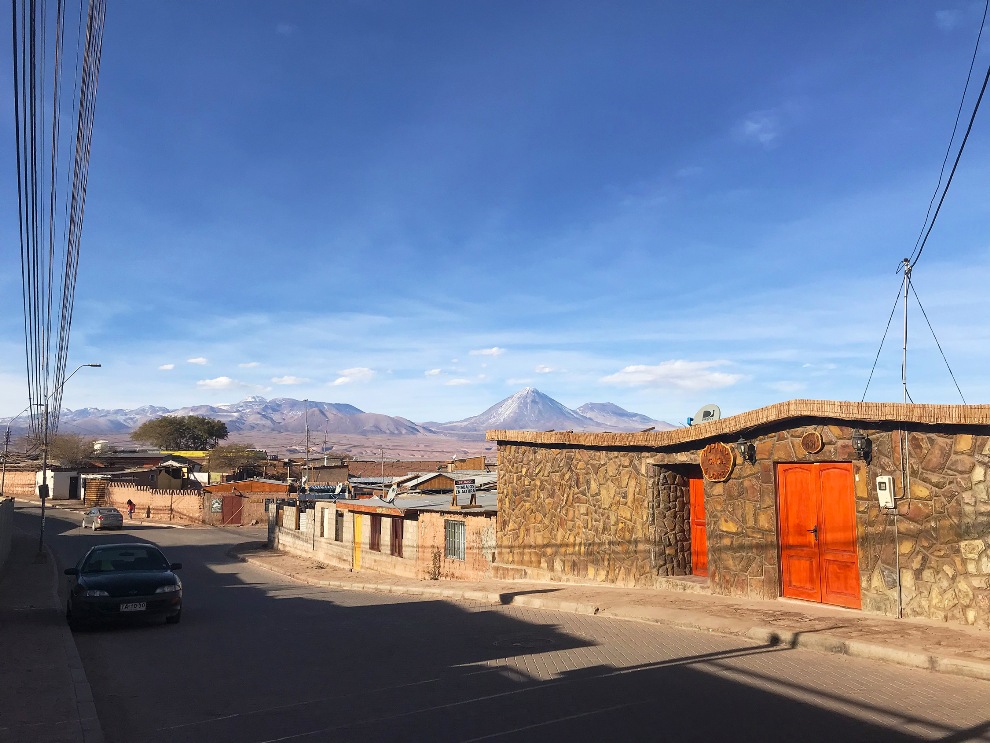
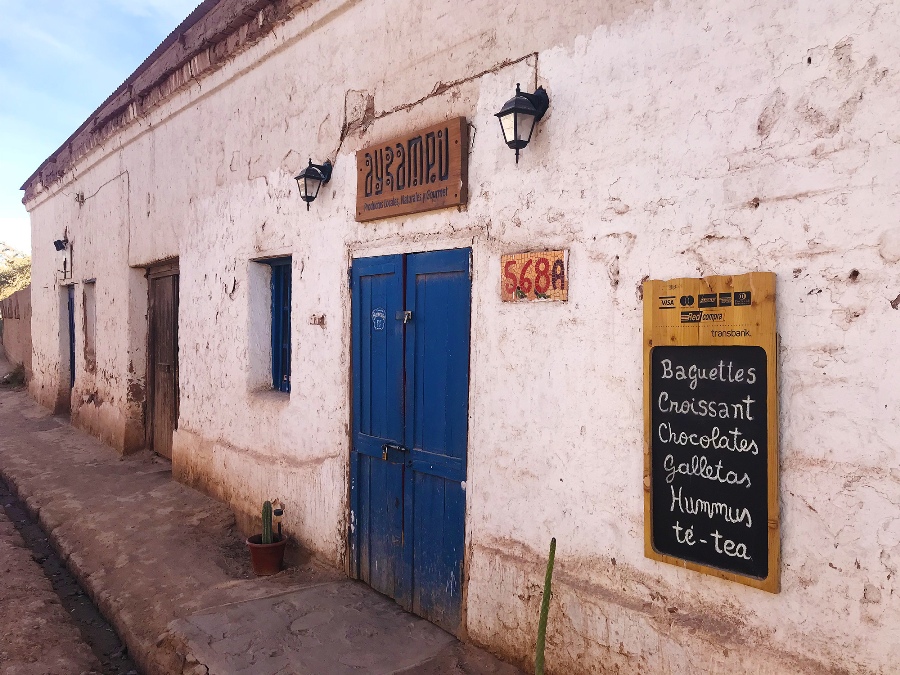
Stray dogs and cats are everywhere.
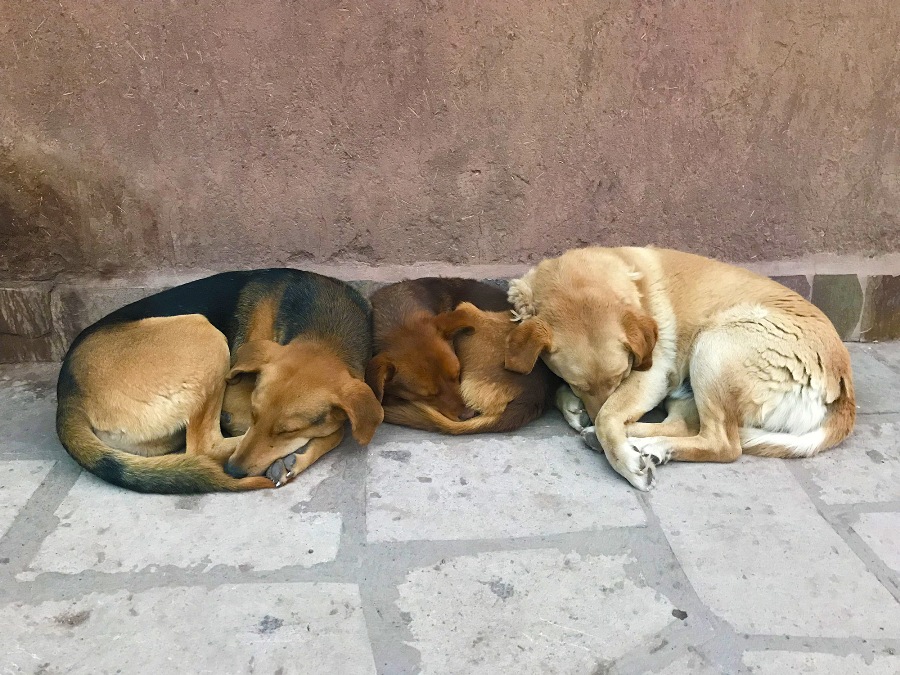
Yes, those are actually clouds in the distance!
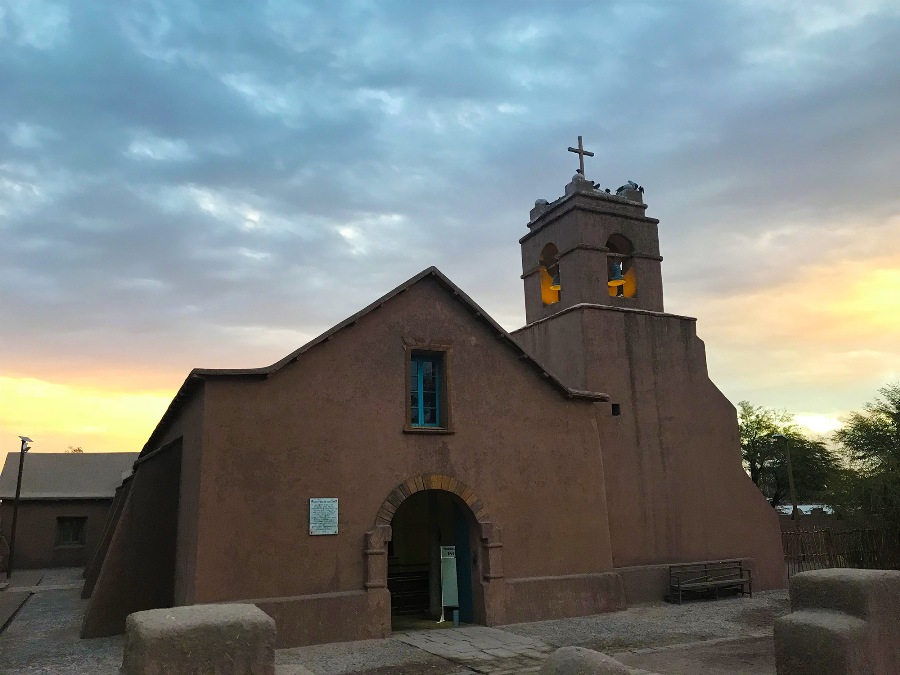
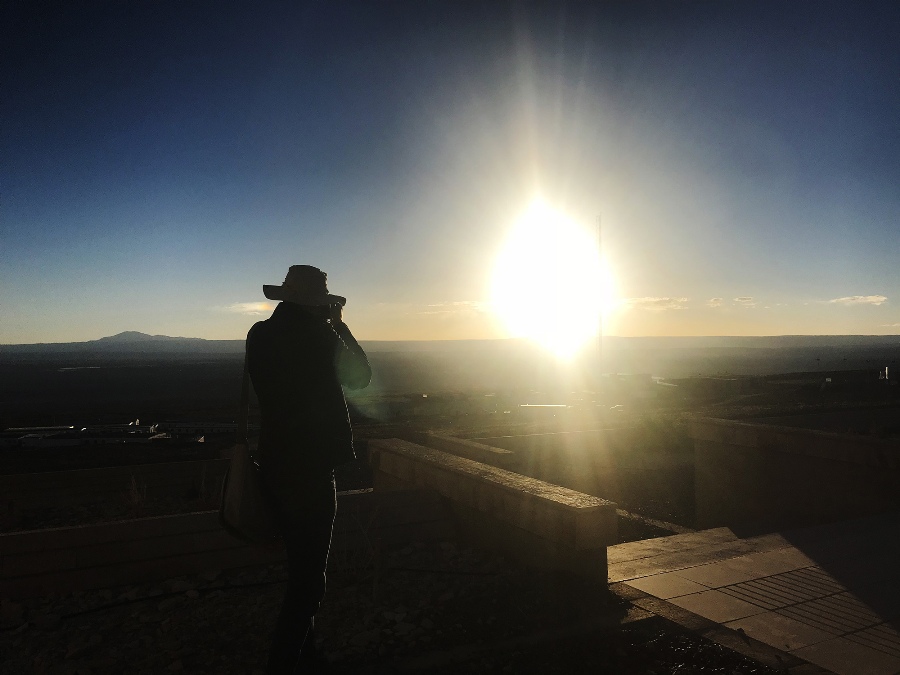
I wanted to buy one of the cloths underneath this little buddy but I couldn't bear to disturb his nap.
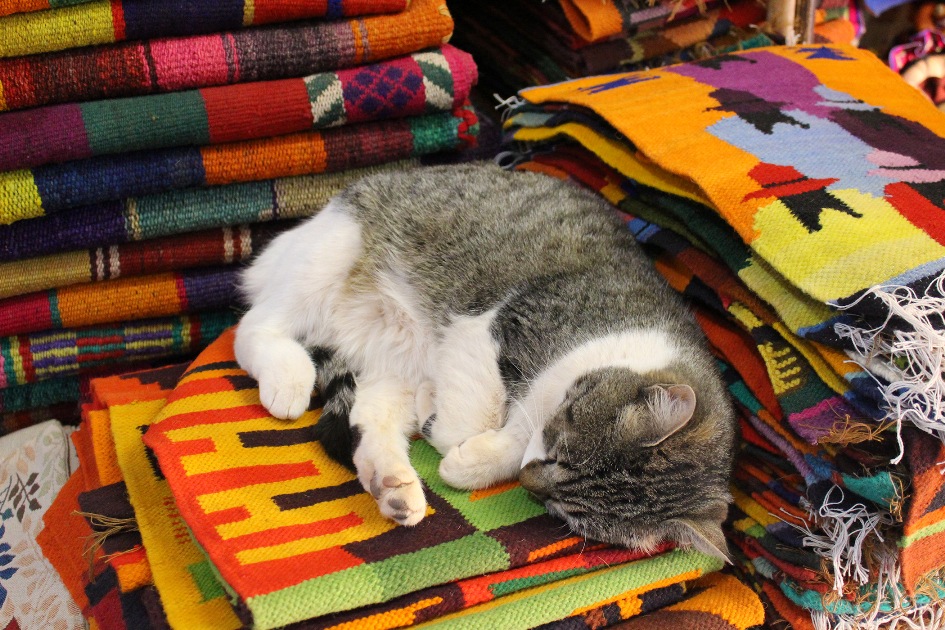
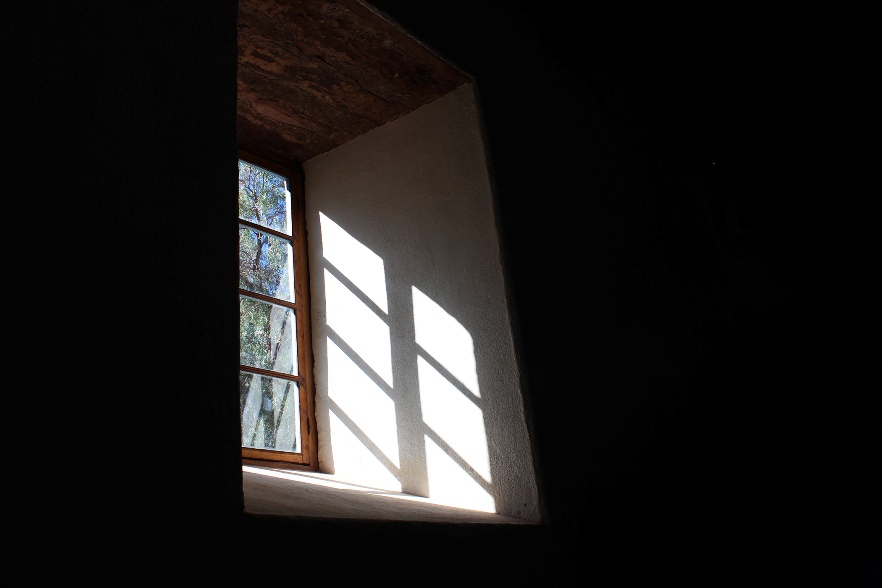
Antares and Scorpio region.
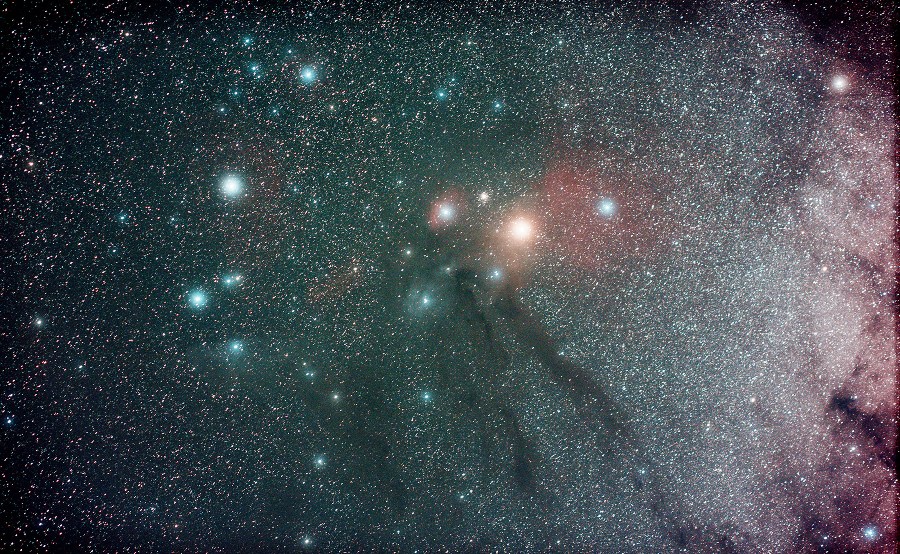
M8 and the center of the Milky Way. The bright point of light just below center is Saturn.
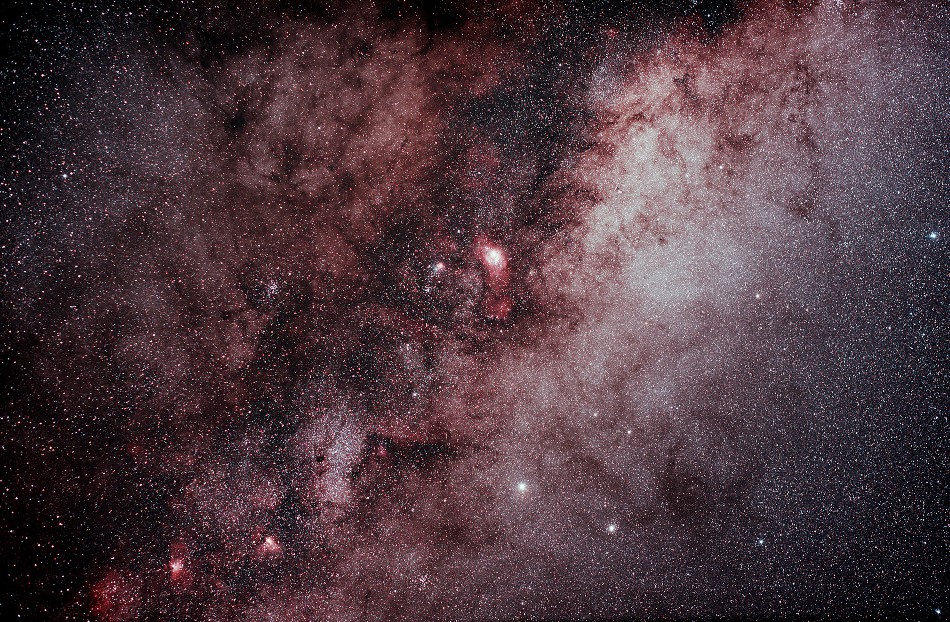
Eta Carina Nebula.
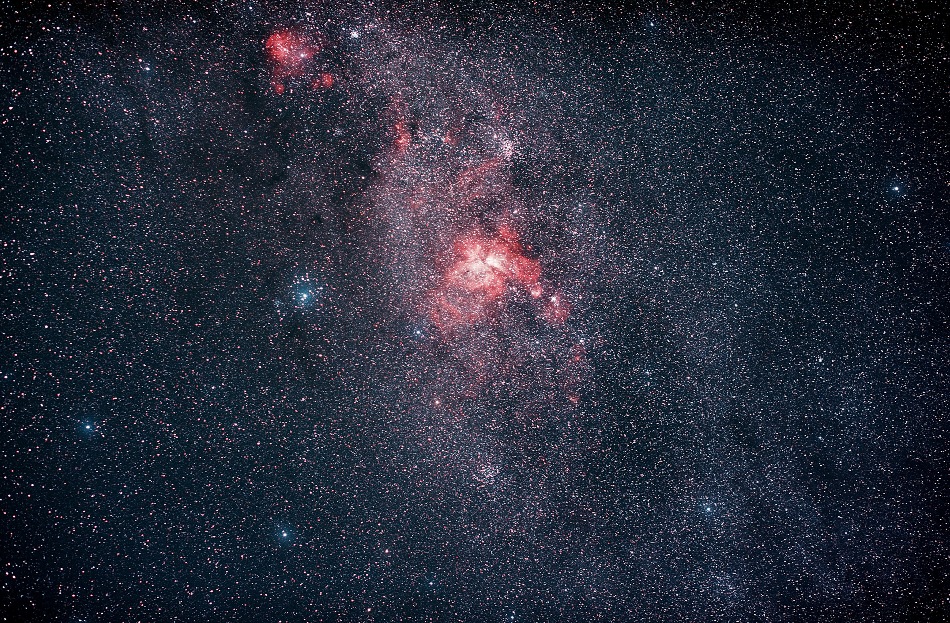
I found a field outside of town to take these shots. It wasn't until afterwards that I began to wonder if I was supposed to be out there, or what the owner would do if he caught me here.
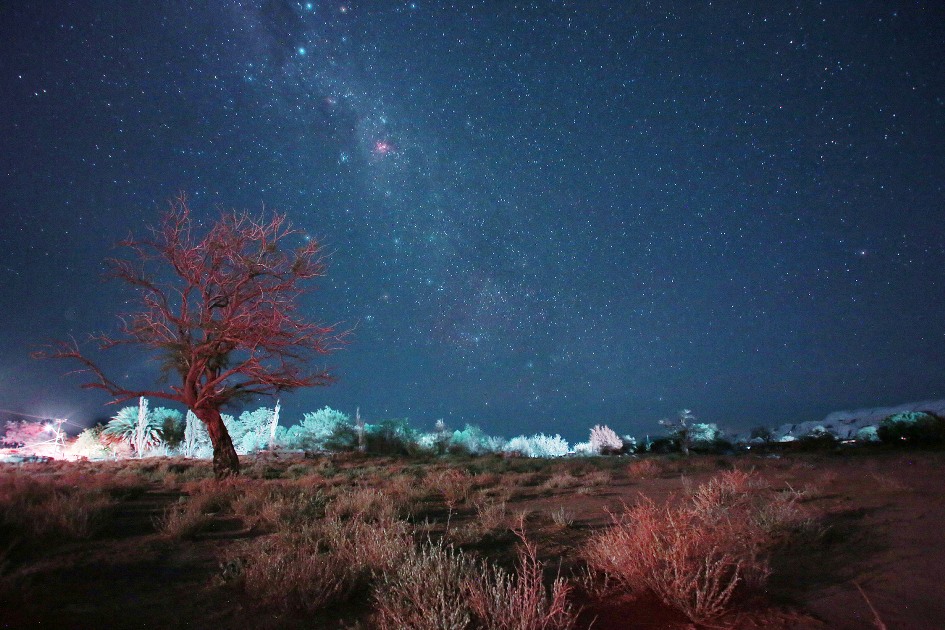
The Southern Cross. These astrophotos were taken with a HuTech modded EOS 5D aboard a Skywatcher Star Adventurer and a Canon 85 mm f/1.8 lens stopped down to f/3.5.
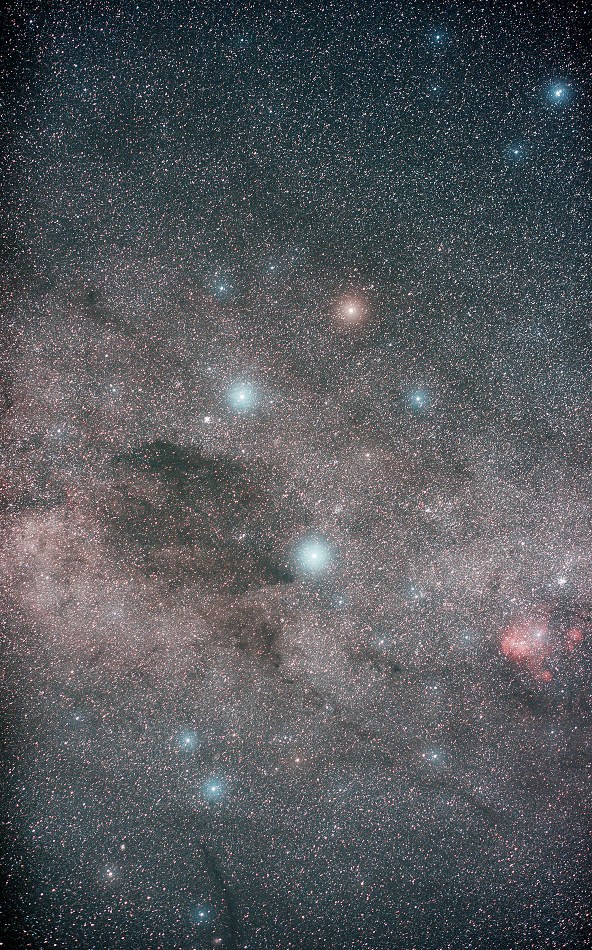
Bye bye, Atacama desert!
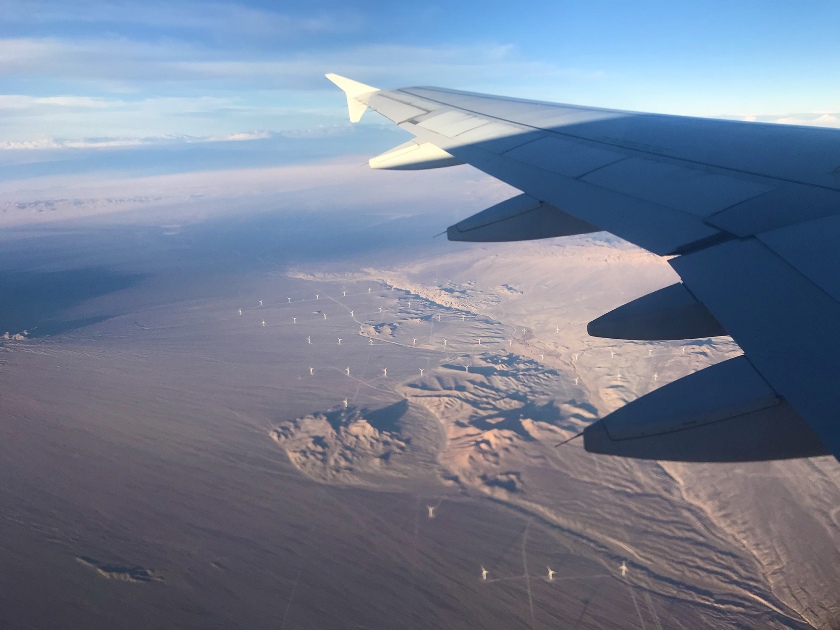
I was fortunate to have an exhibition of my astrophotos at the Roger Williams Gallery in Manchester NH this spring.
That is a ca. 1978 Meade #826 reflector I found in a pawn shop.
A 4" f/15 Unitron. Most of the parts are intact. I expect to do some minor restoration in the coming year.
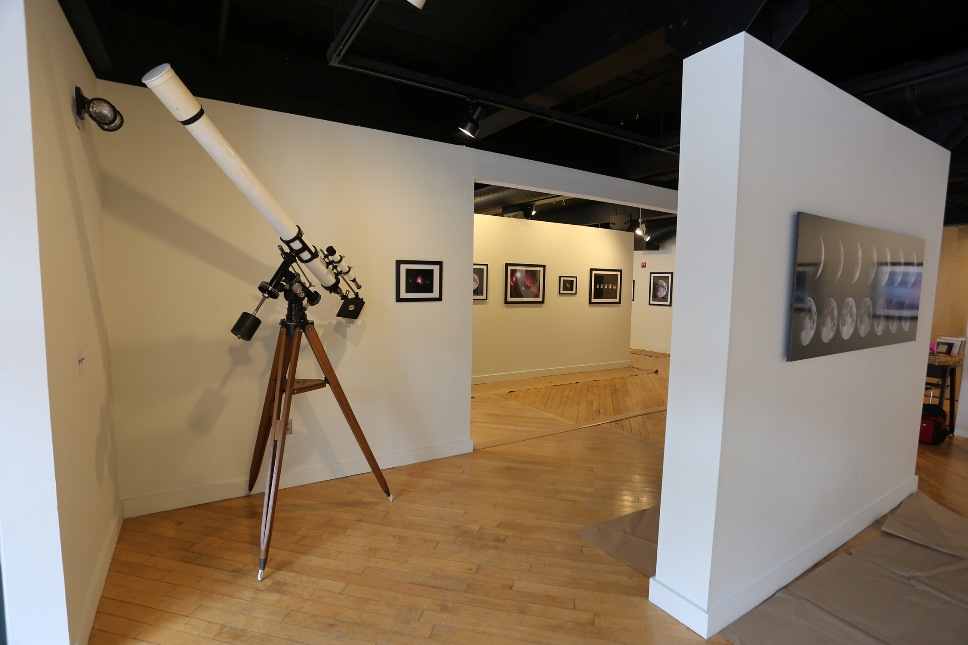
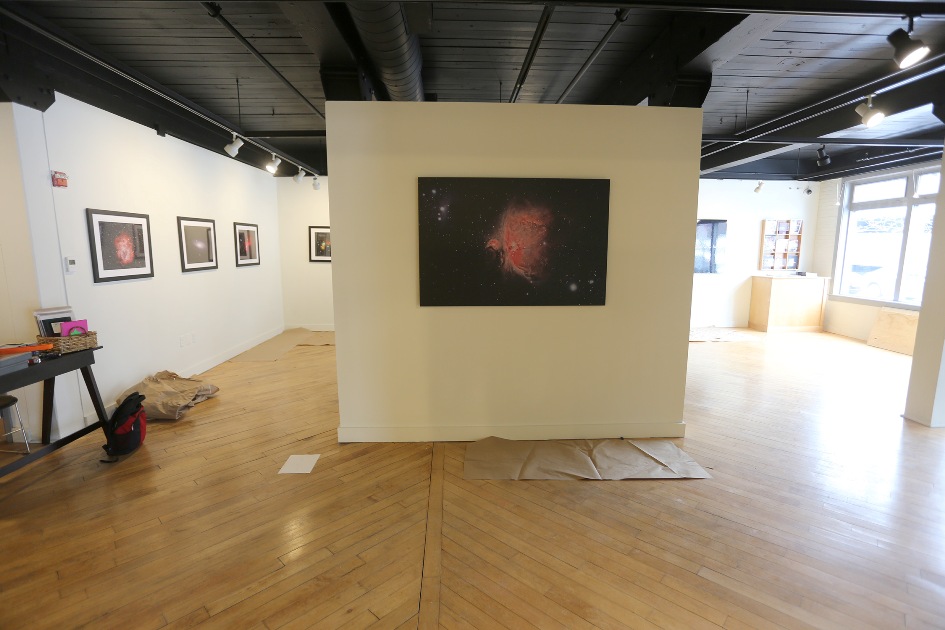
These kids stole my heart. They came down to the gallery on a Saturday morning from the Boys and Girls Club of Manchester.
That's it for now. The summer of 2018 was the worst ever for observing and imaging! Hot steamy, bug-filled nights are NOT fun. Luckily it is starting to cool down again. Now, where are those telescopes I wanted to review...
-Ed